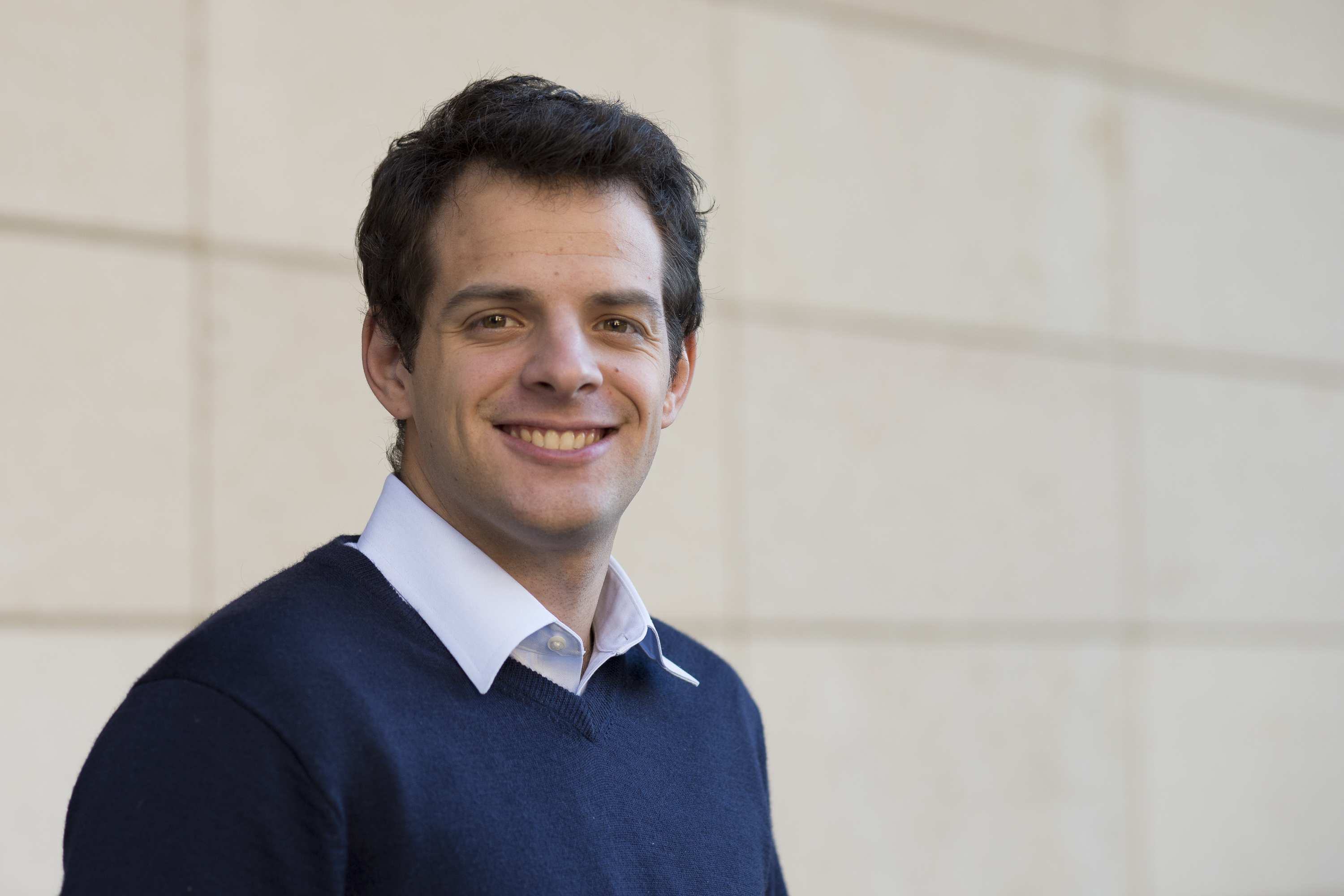Unlocking the brain’s plasticity
Depressing but true: people are less able to form new brain connections as they grow older. Undergraduate Richie Sapp was part of a team whose research could make it easier for adults to learn, and possibly heal after brain injuries.
Go to the web site to view the video.
Growing up with his brother and volunteering extensively with people with special needs got Sapp interested in how the brain works. “If we can understand the brain, there is a possibility we can help people maximize their potential,” Sapp said.
After emailing and meeting with several faculty members as a sophomore, Sapp joined the lab of Carla Shatz, the David Starr Jordan Director of Stanford Bio-X, who studies how connections between neurons are made and maintained in the brain.
“I was very excited by the questions they were asking,” said Sapp, who did an honors thesis based on his research, for which he won the 2013 Firestone Medal of Excellence in Research. “That’s what got me going, sitting in the lab getting to talk to the other lab members about new experiments.” Sapp graduated in 2013 and is now working on a master’s degree in biology while continuing to work in the Shatz lab.

Co-terminal master’s student Richie Sapp. (Image credit: L.A. Cicero)
Carrying out research as an undergraduate takes time, but Sapp said it’s an investment that has paid off in experiences that supplemented his coursework.
“In a lab class you are kind of doing experiments, but not really,” Sapp said. “Nothing is the same as doing the experiment and finding new knowledge for the rest of the world. Plus I felt like I was doing something new and exciting that aided the more theoretical coursework.”
Individual projects in biomedical research move slowly, and the learning curve is steep, Sapp discovered. “That first summer I could barely run an experiment,” he said. “I wanted to come in and answer a question and see it through to completion.”
Nothing is the same as doing the experiment and finding new knowledge for the rest of the world.
Richie Sapp
Getting from the beginning of a question to the end took several years. In October he was co-first author on a paper in the esteemed journal Science Translational Medicine describing the role that a protein called PirB plays in allowing or preventing the formation of new connections between neurons. The team developed a decoy drug that, in mice, allowed the animals to form new connections as adults. The work could help people recover from stroke, forms of blindness and Alzheimer’s disease.
During his time in the Shatz lab, Sapp spent two summers as a Bio-X Undergraduate Fellow, which provided lunchtime seminars with world-class researchers, a chance to present his research to peers and an ongoing community to support him in his research.
Sapp said that the talks were a favorite part of the program. “Those talks gave me a better perspective on science in general,” he said. “What are the important questions being asked? They made me feel much more balanced when it comes to knowing what’s going on in science.”
Sapp plans to finish his master’s degree this year and then attend medical school in order to become a physician scientist. His goal is to specialize in pediatrics and conduct research in neurobiology. “The experience of designing experiments and seeing a project through to the end is going to be important for me in whatever I do next,” he said.
